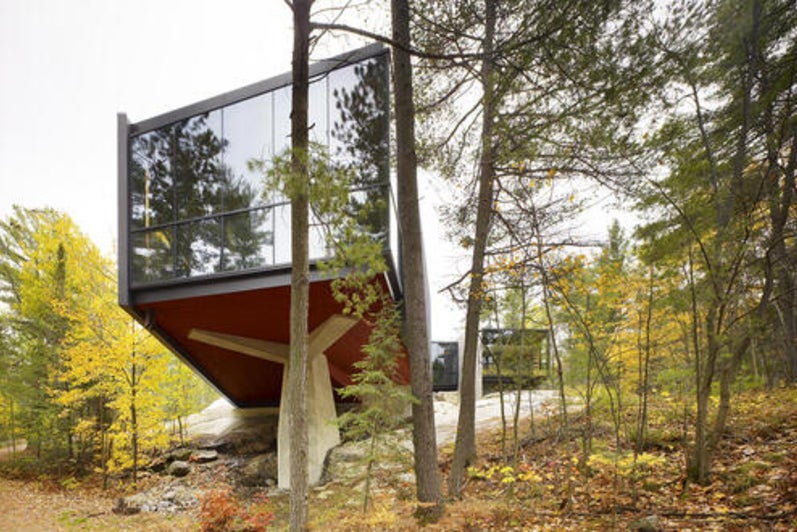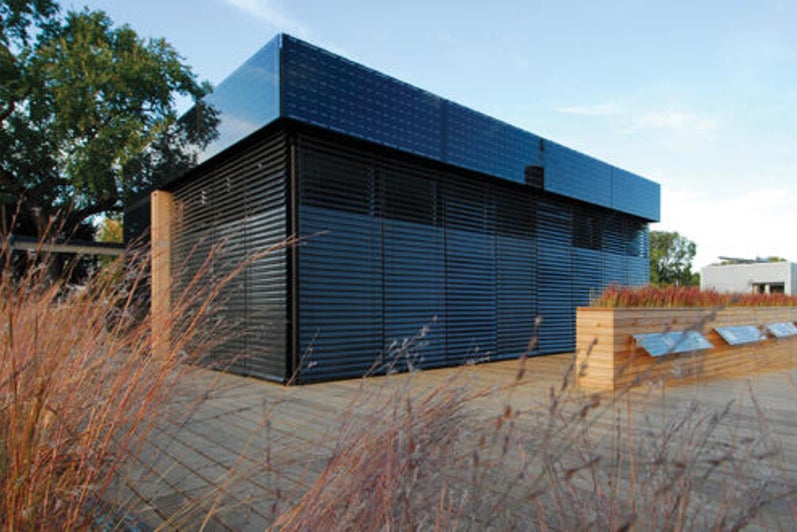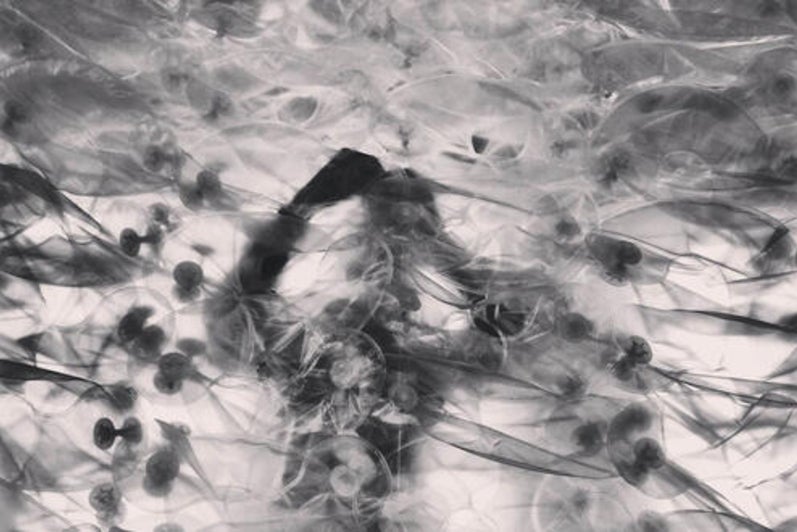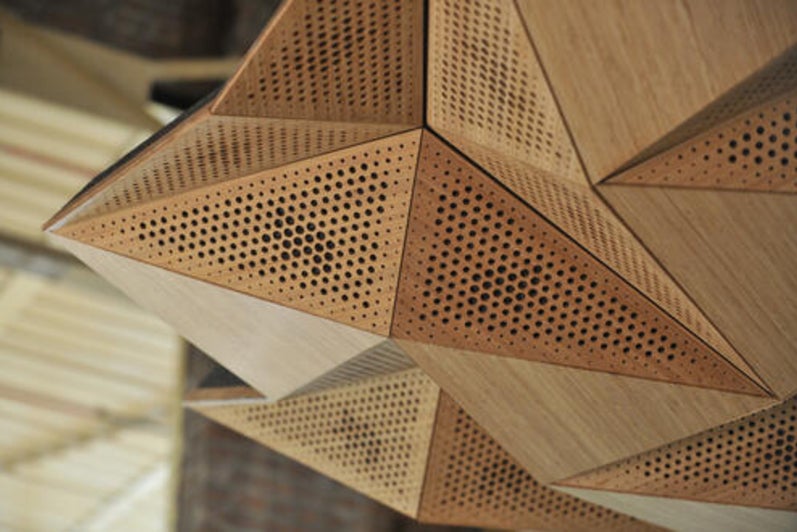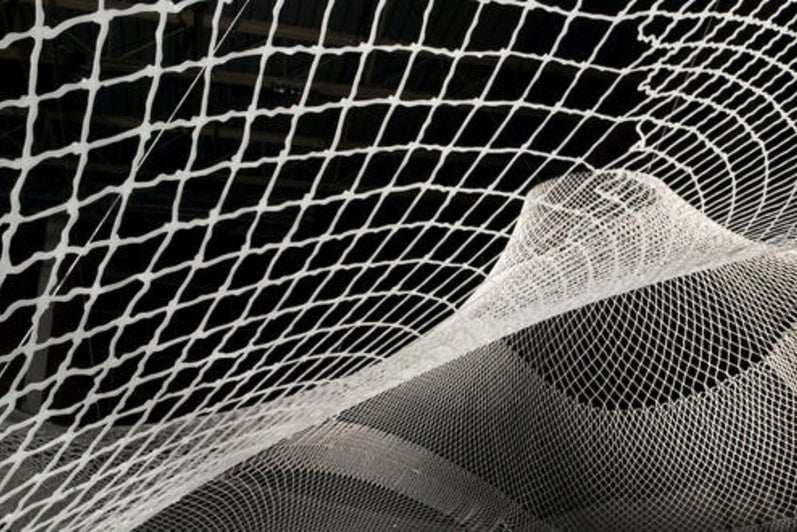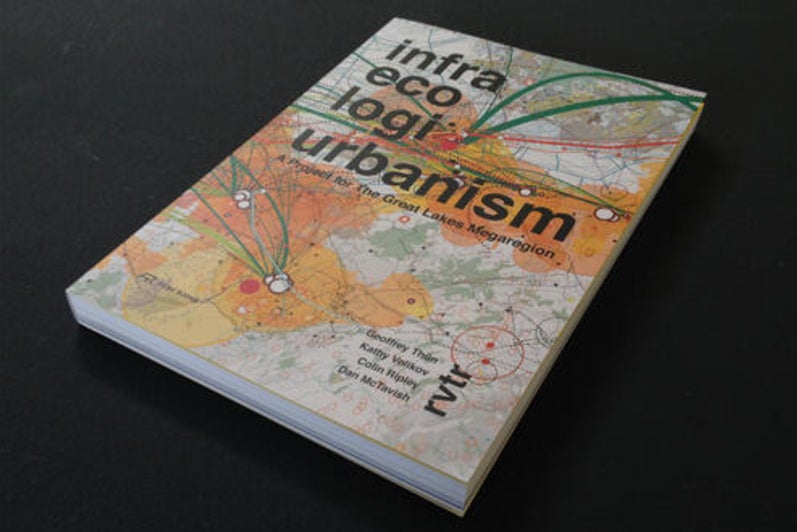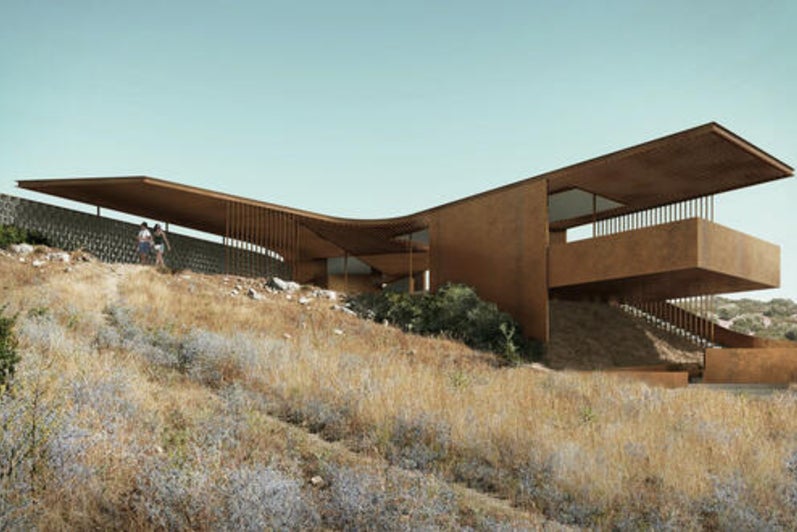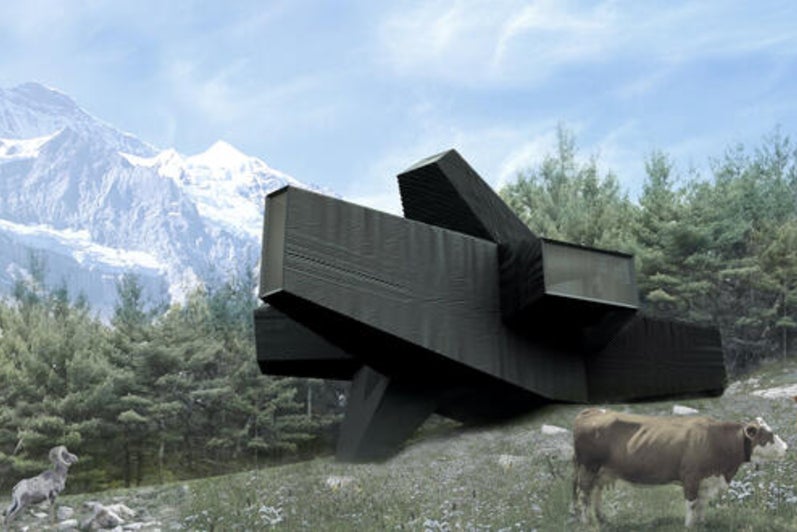
He is currently Professor of Architecture and Senior Associate Dean for Research and Creative Practice at the University of Michigan’s Taubman College of Architecture and Urban Planning. With Kathy Velikov, he continues to direct RVTR as a research-based design practice whose work ranges in scale from the regional territory and the city, to high-performance buildings, to full-scale experimental prototypes exploring responsive and kinetic envelopes that mediate energy, atmosphere, and social space. These operational scales are tied together through a methodology that entails a complex systems approach; one that assembles around each project a multiplicity of actors, forces, and contexts and leverages these multivalent and sometimes contradictory agents toward integrated and synthetic design work. His academic research has attracted external funding from the U.S. Department of Energy’s National Renewable Energy Laboratory, National Science Foundation, U.S. Department of Transportation, U.S. Environmental Protection Agency, the National Research Council of Canada, the Social Sciences and Humanities Research Council of Canada, the Ontario Power Authority, the Belmont Forum, Guardian Industries, Ford Motor Company, and Bloomberg Philanthropies.
Geoffrey’s research and creative practice has been published and exhibited widely. Honors include The Architectural League Prize (2008), the Canadian Professional Prix de Rome in Architecture (2009), two R&D Awards from Architecture Magazine (2010, 2016), a Journal of Architectural Education Best Design as Research Article (2013), the Architizer A+ Award Program’s Architecture + Sound Jury Award (2013), an Association of Collegiate Schools of Architecture Faculty Design Award (2012, 2014), and a Royal Architectural Institute of Canada Award of Excellence for Innovation in the Practice of Architecture (2011). In 2016, RVTR collaborated with Pierre Belanger on “EXTRACTION,” representing Canada at the Venice Biennale. RVTR’s “Infra Eco Logi Urbanism,” was exhibited at the Centre de Design de l'UQAM in Montreal, Paul Crocker Gallery, Ryerson University in Toronto, Paul Rudolph Hall Gallery, Yale University, LRA Gallery, University of Michigan, and the University of Tennessee at Knoxville’s Ewing Gallery between 2013-2015. A monograph of the project, Infra Eco Logi Urbanism: A Project for the Great Lakes Region (Park Books) was published in 2015.
